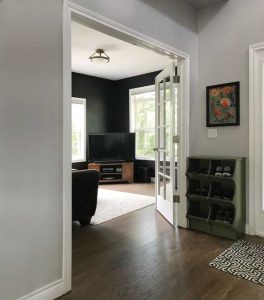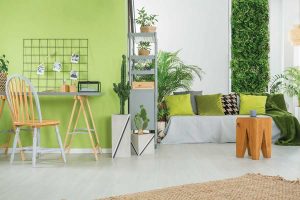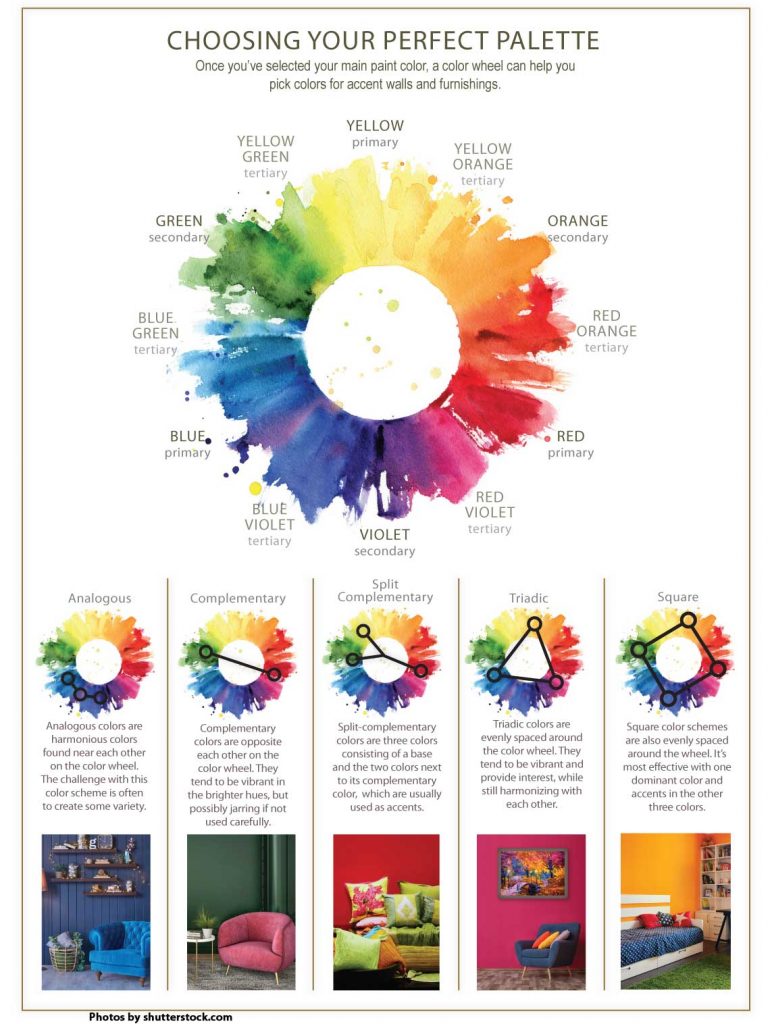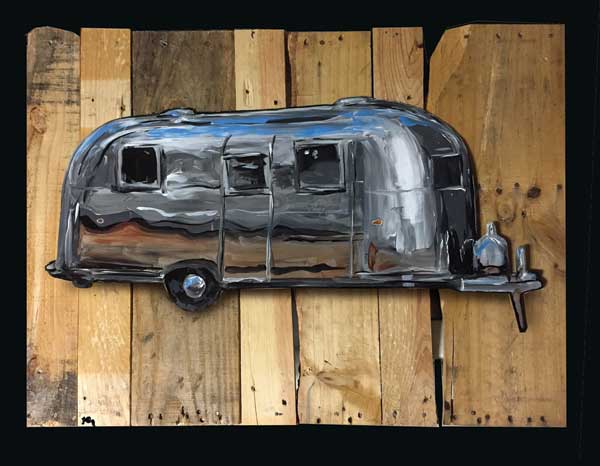Paint Tones: tips to add bold hues to your home
03 Apr 2019
Stuck in a white rut? Here are tips to add bold hues to your home.
By Carol Brock


Look In Your Closet
Still feeling daunted? Look at your favorite wardrobe pieces, suggests interior designer Barbee James, owner of Details Design Studio in Boulder. “I’ve found most clients feel better if their home reflects their personal color palette.” Most people’s color preferences fall into the seasonal palettes of winter, spring, summer or fall, or a combination, she says. Based on the book, Color Me Beautiful, seasonal palettes complement a person’s skin tones to bring out their natural beauty.













